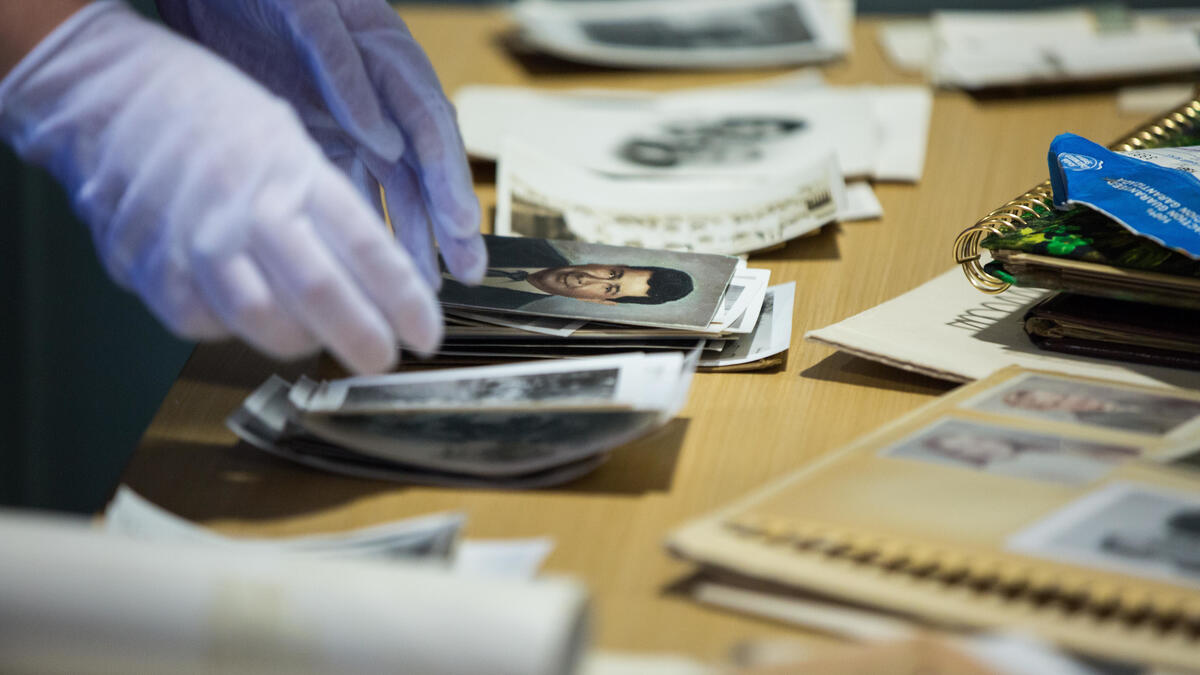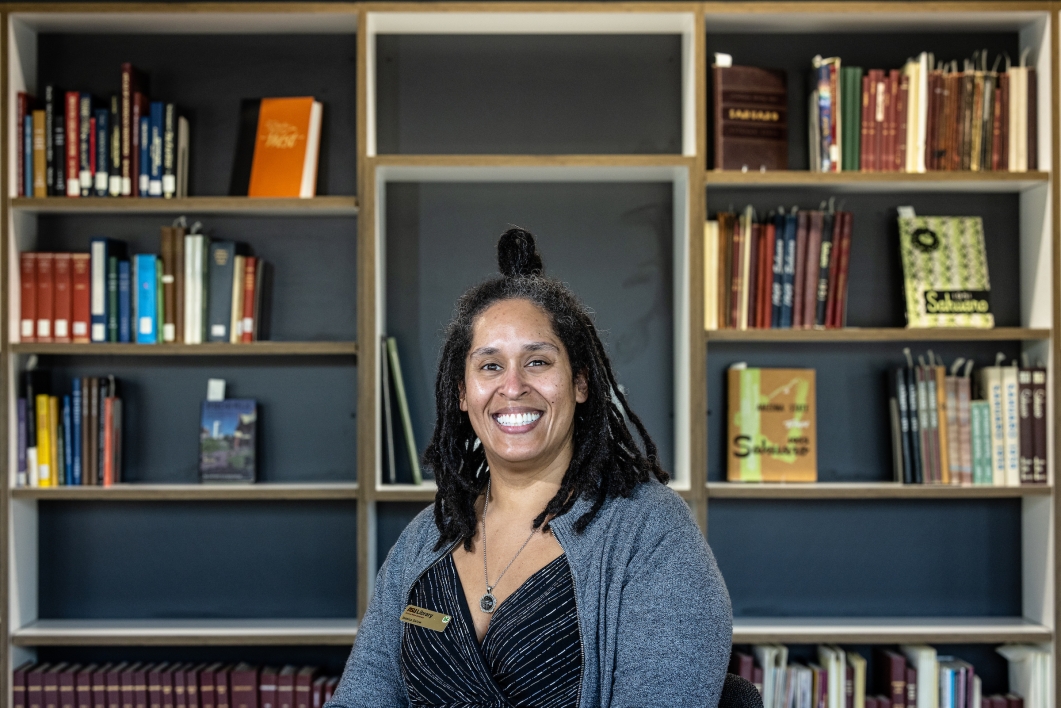Less than 3% of librarians and archivists in the United States are Black. Less than 2% are Indigenous peoples.
It’s not hard, says Jessica Salow, to figure out why.
“The reason why we don’t have a high representation of BIPOCBlack, Indigenous, people of color people within this profession is because many folks who are in that age range of wanting to figure out what they want to do for their career don’t understand that they can become a librarian or archivist because our profession does not reach into high schools, community colleges or anything along those lines to actually tell folks that this profession is something that they can pursue if they want to,” said Salow, an assistant archivist of Black Collections at Arizona State University.
“It’s not like we are going out talking about the benefits of working within this profession. It's always having folks come to us.”
At ASU, that’s about to change.
Salow, Nancy Godoy, director of the Community-Driven Archives Initiative and associate archivist of the Chicano/a Research Collection, and Alexander Soto, director of the Labriola National American Indian Data Center, are heading up a three-year project designed to attract more diverse groups of people to careers as librarians and archivists.
The project, titled "Centering BIPOC Memory Keepers and Advancing Equity and Inclusion," is being funded by a $534,975 grant from the Institute of Museum and Library Services.
Twenty fellowships, each worth $10,000, will be handed out to community college and tribal college students, a financial boost that Godoy hopes will incentivize students to attend four-year universities.
“This could be the ultimate pathway ticket,” Soto said.
Alexander Soto
Over the next year, Godoy, Salow and Soto will develop a team and curriculum, and the first cohort of fellows will be recruited, primarily from Tohono O’odham Community College and Maricopa County community colleges.
“We want community college students and tribal college students to be exposed to what we do with community-driven archives,” Soto said. “Then, hopefully, they want to explore this (career) beyond tribal college or community college, and maybe come to ASU to work with us and maybe go to library school afterwards.”
How systemic is the lack of diversification? A report from Arizona Archives Matrix estimated African American, Asian American, Latino and LGBTQ communities compose more than 42% of Arizona’s population but are represented in less than 2% of archival collections. Nearly 85% of librarians and archivists in the United States are white.
“We’re constantly working and innovating and creating in spaces that are not meant for us,” Godoy said. “So, I think a big part of this grant is creating safe spaces for the next generation of students who will continue this work.”
ASU has been at the forefront of diversifying those career fields. Soto said the entire four-person staff at the Labriola Center is made up of Indigenous peoples.
It’s a much different story off campus, though.
“For the longest time, there’s been a lot of talking points within libraries and archives that we need to diversify,” Salow said. “We need to have more people of color within our ranks. But the problem is that we’re not reaching people who don’t even know that librarianship or archives is an actual profession for them to take on.”
Jessica Salow
Another problem, Salow said, is that libraries historically have asked people to volunteer for free or work unpaid internships. That’s not feasible for many people in the BIPOC community.
“It’s apparent that within our economic status, we cannot take on free work,” Salow said. “We have to get paid for the work we do. … This profession is always asking for free labor, give us free labor, give us free things, give us this, give us that, but it doesn’t take the time to actually reach into communities that they know have been actively erased from this profession.”
One goal of the project is to change how people view librarians. As Salow put it, to move beyond the “shush.”
“You’re a librarian, but you’re also a community member,” Soto said. “You’re an activist, you’re a storyteller, you’re all these things already, depending on who you are. I do rap music. So I bring that energy with my background, music and activism but, oh yeah, I’m a librarian too.”
“You can bring your whole self into your position,” Salow said.
Soto, Salow and Godoy all said the project’s success won’t be measured by the number of students who decide to become librarians/archivists. Instead, it will be in the message they deliver and the minds they open.
“For me, it really is important just to get in front of folks and talk about my experience,” Salow said. “Knowing that I did enough to outreach and do the things that were necessary in order to bring folks into this profession, whether or not they’re convinced by the talking points that I have. That’s not up to me. My hope is that we are building people’s knowledge base about how they can continue to cultivate their memories, even if it’s not in an institution.”
“We hope that this is at least a talking point to start a conversation about how we can recruit people in different ways in order for this profession to live up to the standards that we keep talking about,” Godoy added. “How we need to diversify this profession, and thinking of out-of-the-box solutions to make sure that we are reaching the maximum amount of people that we possibly can.”
Nancy Godoy
Top photo: Archivist Nancy Godoy helps community member Carlos Dominguez organize his archival materials into different time periods during a workshop at the Tempe Public Library in 2018. Photo by Deanna Dent/ASU
More Arts, humanities and education

Honoring innovative practices, impact in the field of American Indian studies
American Indian Studies at Arizona State University will host a panel event to celebrate the release of “From the Skin,” a collection over three years in the making centering stories, theories and…

ASU alum's humanities background led to fulfilling job with the governor's office
As a student, Arizona State University alumna Sambo Dul was a triple major in Spanish, political science and economics. After graduating, she leveraged the skills she cultivated in college —…

ASU English professor directs new Native play 'Antíkoni'
Over the last three years, Madeline Sayet toured the United States to tell her story in the autobiographical solo-performance play “Where We Belong.” Now, the clinical associate professor in…



